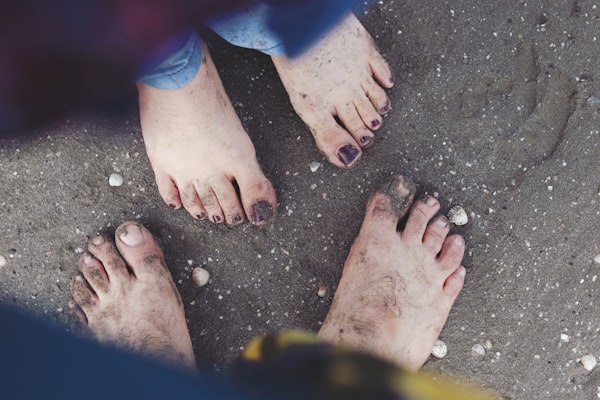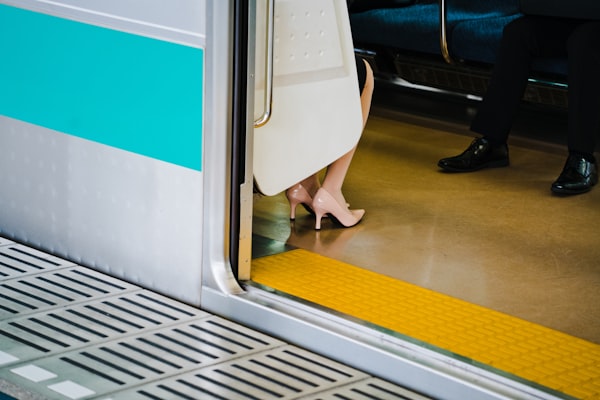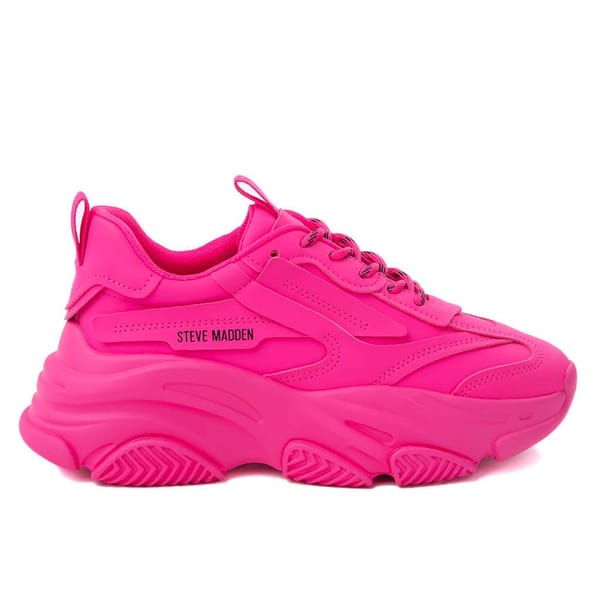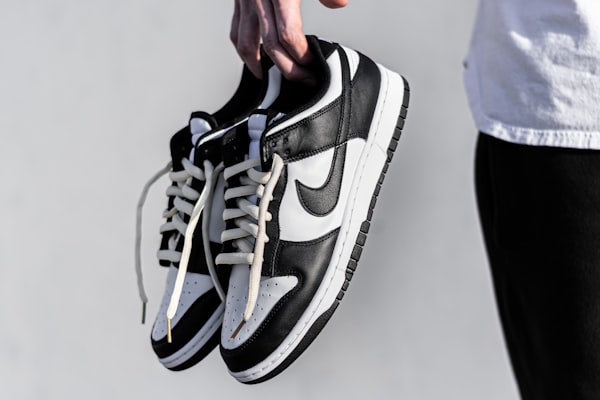Suffering from foot pain and discomfort? Do you wonder what could be causing your pain?
You may have an extra bone or piece of cartilage that's causing the problem.
Imagine alleviating your pain and discomfort by understanding the condition and taking the appropriate steps to manage it.
Keep reading to learn about Accessory Navicular Syndrome and the different types, symptoms, diagnoses, and treatment options available to alleviate your pain and discomfort.
Whether you're experiencing mild or severe symptoms, it's essential to understand this condition and take the appropriate steps to manage it.
What Is an Accessory Navicular?
The navicular bone is located on the inner side of the foot, just above the arch.
An accessory navicular is an extra bone or piece of cartilage present in the foot, specifically in the area of the navicular bone. Not everyone has this extra bone or cartilage.
Having an accessory navicular is considered rare. It is estimated that roughly 10% of the population has this extra bone/cartilage.
The presence of an accessory navicular can be congenital, meaning it is present at birth, or it can develop over time. It usually arises from a variation in the formation of the bone centers near the navicular bone and develops in adolescence (when bones are maturing and cartilage is evolving into bone).
In some individuals, this extra bone or cartilage does not cause any problems and is asymptomatic. In other cases, it can cause pain and discomfort, leading to the development of a condition called Accessory Navicular Syndrome (ANS).
What Is Accessory Navicular Syndrome?
Accessory Navicular Syndrome develops when this extra bone or piece of cartilage causes pain, swelling, poor foot control, and even difficulty walking. The pain is usually located on the inner side of the foot, just above the arch, and is often worse with activity or prolonged standing.
ANS is grouped into three types depending on the growth's size and location.
Type 1: Small Bone-Like Structure
In this type of Accessory Navicular Syndrome, a small bone-like structure, measuring around 2 to 3 millimeters, forms within the part of the posterior tibial tendon that meets the navicular bone. This type of ANS occurs in roughly 30% of all incidences.
Type 2: Extra Growth Within the Navicular Bone
In this type, the extra growth occurs within the part of the navicular bone that meets the posterior tibial tendon. It usually measures around 12 millimeters and accounts for around 50% of all Accessory Navicular Syndrome incidences.
Type 3: Bone Projection Outward
In this type of Accessory Navicular Syndrome, the bone usually projects outward on the same side as the arch of the foot. This type of ANS is the least common of the three types.
What Are the Symptoms of Accessory Navicular Syndrome?
The symptoms of Accessory Navicular Syndrome can vary and depend on factors such as the size and location of the accessory navicular, the severity of the condition, and an individual’s level of activity. The symptoms can include:
- Pain: Pain is the most common symptom of ANS. It is usually located on the inner side of the foot, just above the arch. The pain can be dull or sharp and may be worse with activity or prolonged standing.
- Swelling: Swelling can occur around the area of the accessory navicular, causing redness and tenderness.
- Stiffness: The foot may feel stiff, making it difficult to move the foot or ankle.
- Difficulty Walking: The pain and stiffness can make it difficult to control the foot, walk, run or perform other activities.
- Arch Pain: Some individuals may experience pain in the arch of the foot.
- Bruising: In some cases, bruising may appear on the inner side of the foot.
It's essential to seek the advice of a qualified healthcare professional if you suspect you may have Accessory Navicular Syndrome, as the symptoms can be like those of other foot conditions. A proper diagnosis and treatment plan can help alleviate the pain and discomfort caused by the condition.

How Is Accessory Navicular Syndrome Diagnosed?
Accessory Navicular Syndrome is typically diagnosed by a qualified healthcare professional, such as a podiatrist or orthopedic surgeon. The diagnosis is typically made through physical examination and imaging tests.
During the physical examination, the healthcare professional will look for signs of pain, swelling, and tenderness in the area of the accessory navicular. They will also examine the foot and ankle for other abnormalities or injuries. They may also ask about the individual's symptoms, medical history, and level of physical activity.
Imaging tests, such as X-rays, MRIs, or CT scans, can help confirm the diagnosis of ANS. These tests can show the presence of the accessory navicular and any other abnormalities or injuries in the foot.
Once a diagnosis is made, the healthcare professional will determine the appropriate treatment plan based on the individual's situation.
What Are the Treatment Options for Accessory Navicular Syndrome?
The treatment options for Accessory Navicular Syndrome can vary depending on the size and location of the accessory navicular, the severity of the condition, and the individual's level of physical activity. Treatments include both non-surgical and surgical options.
Non-Surgical Options
Non-surgical treatment options are aimed at managing and relieving symptoms.
- Rest: Resting the foot and avoiding activities that cause pain can help alleviate symptoms.
- Ice: Applying ice to the affected area can help reduce pain and swelling.
- Physical Therapy: Physical therapy can help strengthen the muscles and tendons in the foot and ankle, which can help alleviate pain and improve mobility.
- Medications: Over-the-counter pain relievers, such as ibuprofen or naproxen, can help reduce pain and inflammation.
- Insoles: Special insoles can help alleviate symptoms by providing extra support and cushioning to the affected area of the foot.
- Orthotic Shoes: Wearing orthotic shoes, which have built-in support and cushioning, can help to redistribute pressure on the affected area of the foot and alleviate pain and discomfort.


Surgical Options
Surgery may be recommended for individuals with severe pain or difficulty walking. The type of surgery will depend on the size and location of the accessory navicular.
- Arthrodesis: This procedure involves fusing the accessory navicular bone to the navicular bone.
- Resection: This procedure involves removing the accessory navicular bone.
- Tendon Transfer: This procedure involves moving a tendon to cover the area where the accessory navicular bone was removed.
It is important to note that these are general treatment options, and a qualified healthcare professional will determine the best treatment plan for an individual based on the specific case.
In general, non-surgical treatments are usually tried first, and surgery may be considered if they don't provide relief. Rehabilitation and physical therapy are also essential to the recovery process after surgery.
It's also important to note that recovery times may vary depending on the type of procedure, but it's essential to follow the healthcare professional's instructions to ensure proper healing.
Tips from Our Editors
- It's essential to choose the right shoes for Accessory Navicular Syndrome (ANS) and ensure the right fit. With the right fit, the right shoes can reduce symptoms and slow progression.


On a Final Note
Accessory navicular syndrome is a condition that affects the bones in the foot, specifically the navicular bone.
There are three types of accessory navicular syndrome, each with different symptoms and treatment options.
If you suspect you may have Accessory Navicular Syndrome (ANS), it is important to seek the advice of a qualified healthcare professional so that you can pursue the treatment option that best meets your unique situation.
Related Articles










